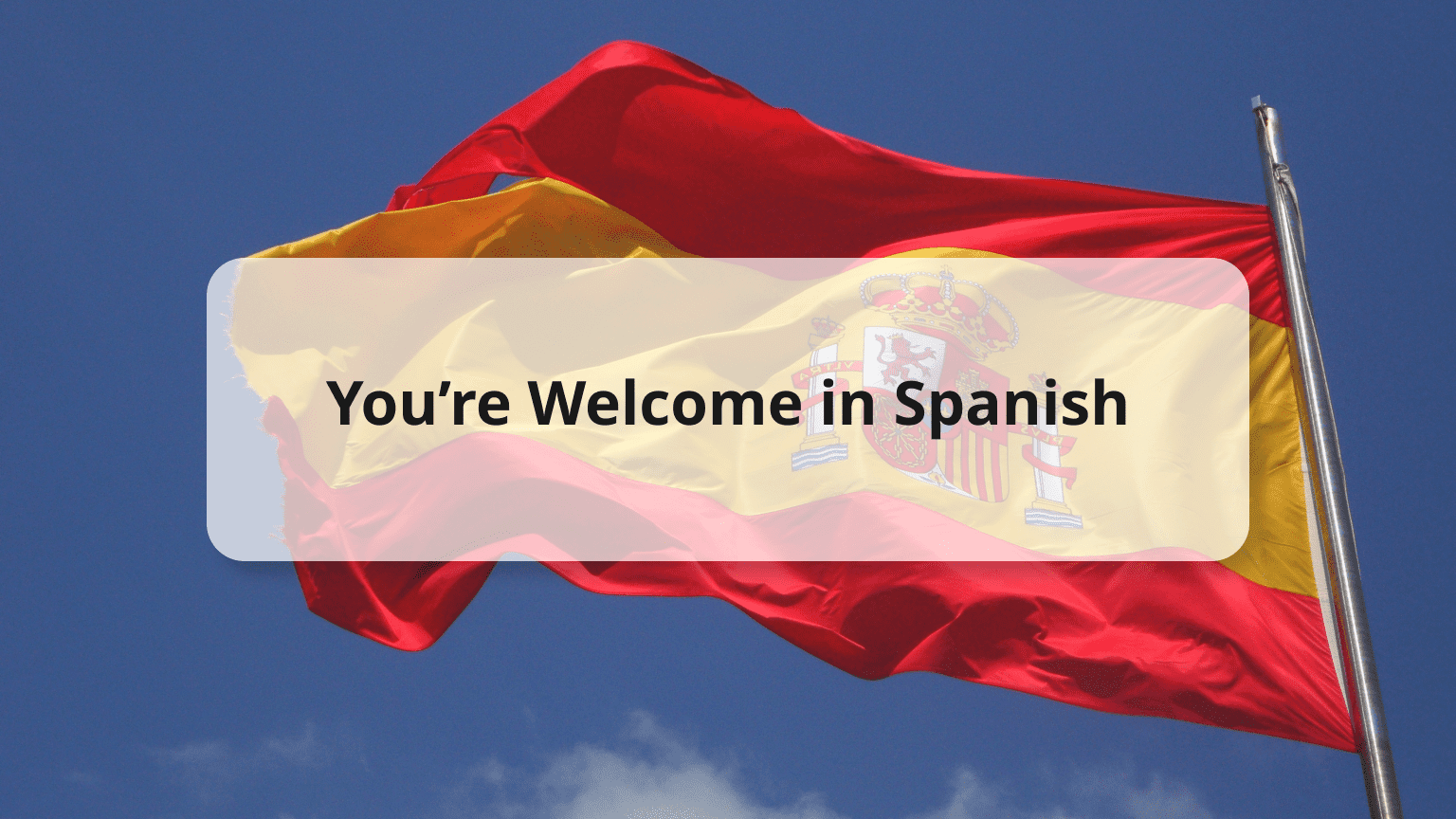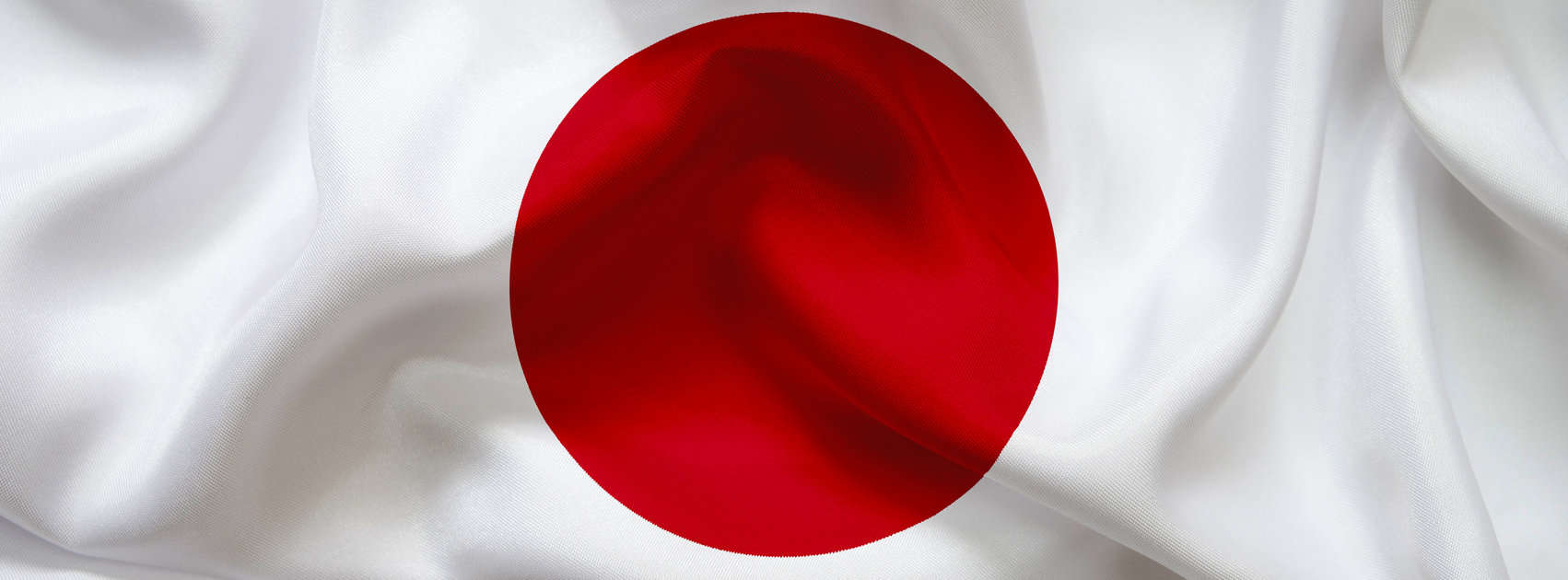¡De nada! If you’re looking to learn how to say “you’re welcome” in Spanish, you’ve come to the right place. In this article, we’ll explore the power and importance of this simple phrase in Spanish culture and provide tips on how to use it in different contexts.
Saying “you’re welcome” in any language is a polite and effective way to respond to someone who has thanked you. In Spanish, the most common way to say “you’re welcome” is ¡De nada! This phrase literally means “it’s nothing,” but it’s used as a way to downplay the significance of whatever it was that you did that warranted a thank you. For example, if someone says “gracias” (thank you) after you hold the door open for them, you can respond with a cheerful ¡De nada! to show that you were happy to help. In addition to being a polite way to respond to thanks, ¡De nada! is also a common expression of goodwill in Spanish-speaking countries. So next time you want to show someone that their gratitude is appreciated, try using ¡De nada! for a friendly and effective response.
Responding to thanks in Spanish
One of the most common ways to respond to “thank you” in Spanish is with the phrase ¡Con gusto! This phrase translates to “with pleasure” and is used to show that you were happy to help or do something for the person who thanked you. For example, if someone says “gracias” (thank you) after you pass them the salt at the dinner table, you can respond with a smile and a ¡Con gusto! to show that you were glad to assist.
The importance of politeness in Spanish culture
In addition to being a polite and friendly way to respond to thanks, ¡Con gusto! is also an important phrase to know in Spanish because it reflects the emphasis on politeness in Spanish-speaking cultures. In many Spanish-speaking countries, manners and etiquette are highly valued, and using phrases like ¡Con gusto! is one way to show respect and consideration for others. So next time you want to respond to a “thank you” in Spanish, try using ¡Con gusto! to show your appreciation and cultural awareness.
The power of “gracias” and “de nada”
In Spanish, “thank you” is “gracias” and “you’re welcome” is “de nada.” These two phrases may be small, but they pack a powerful punch when it comes to polite and effective communication in the Spanish language. “Gracias” is used to show appreciation and gratitude, while “de nada” is used to downplay the significance of whatever it was that warranted the “gracias.” For example, if someone holds the door open for you, you can say “gracias” to show your gratitude, and they can respond with a “de nada” to show that they were happy to help.
Using “gracias” and “de nada” in different contexts
“Gracias” and “de nada” can be used in a variety of contexts, from casual conversations with friends to more formal interactions with colleagues or strangers. In general, it’s always polite to use “gracias” when someone does something for you, and to respond with a “de nada” when someone says “gracias” to you. However, it’s important to pay attention to the tone and context of the conversation to ensure that you’re using these phrases in the most appropriate and effective way. So next time you want to show gratitude or respond to thanks in Spanish, don’t hesitate to use “gracias” and “de nada” to communicate effectively and politely.
Conclusion
In conclusion, ¡De nada! is a powerful and important phrase to know in Spanish. Whether you’re a native speaker or a language learner, mastering the art of responding to thanks with this phrase can greatly enhance your ability to communicate effectively and politely in the Spanish language. So next time someone says “thank you” to you in Spanish, don’t hesitate to respond with a confident and gracious ¡De nada!
Click to learn more: Learn Spanish from Beginning – Best 5 Tips for Beginners








